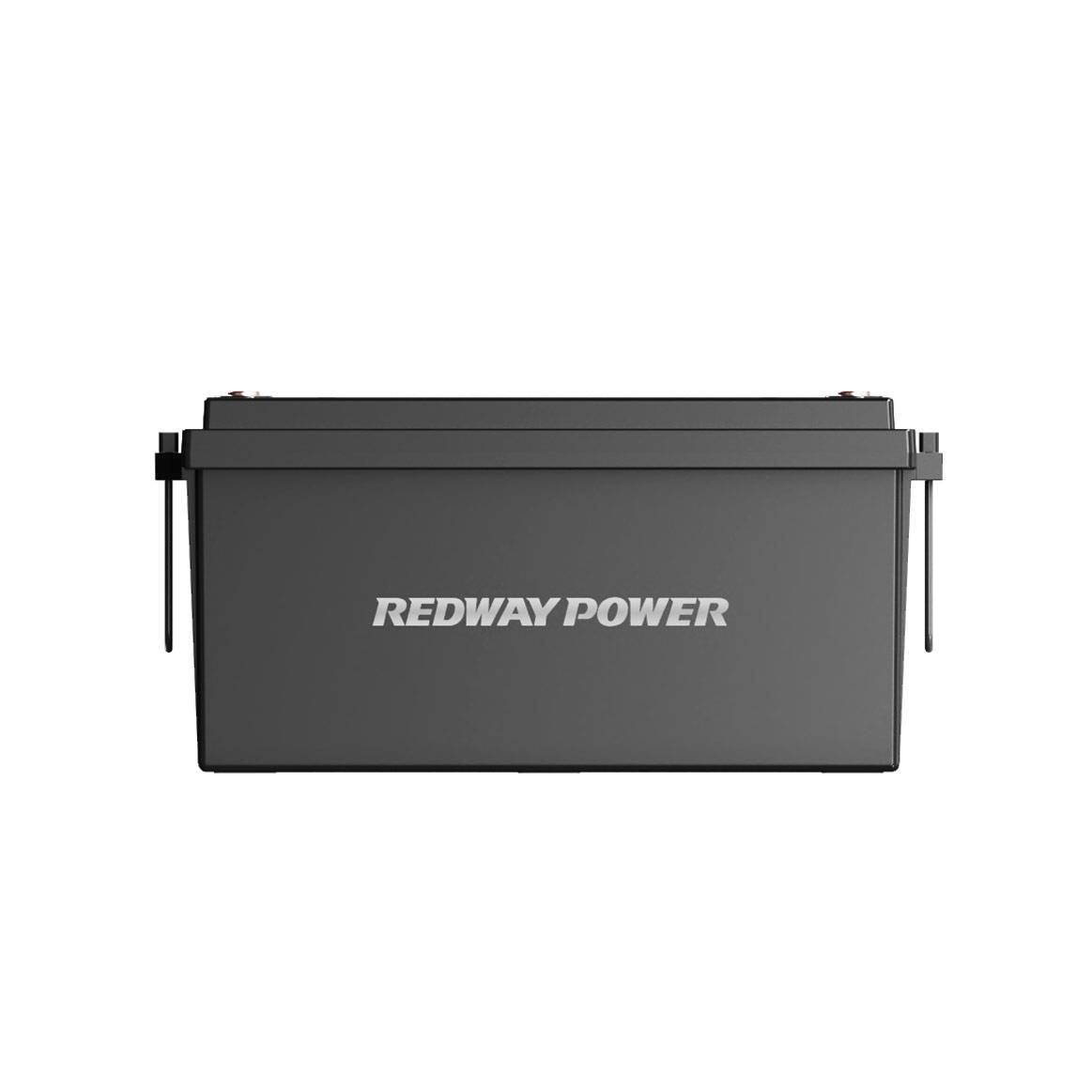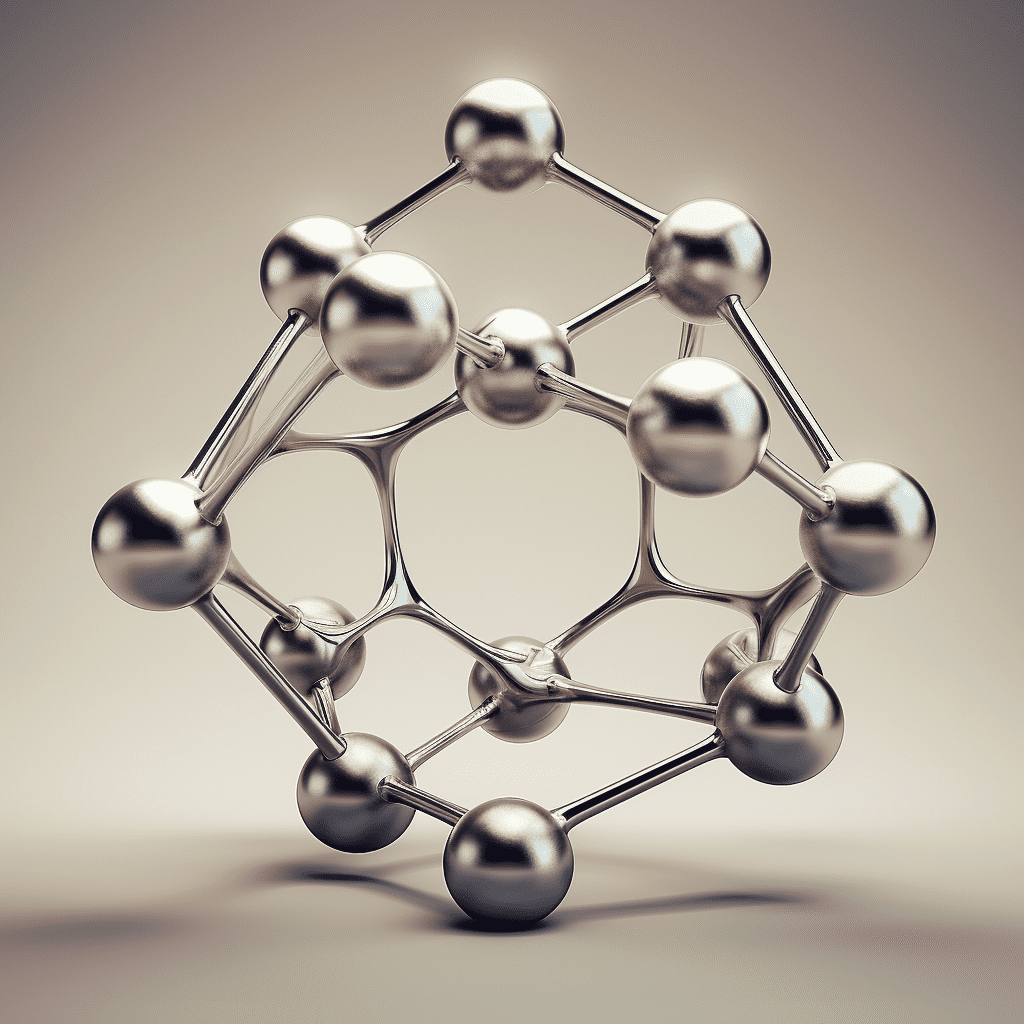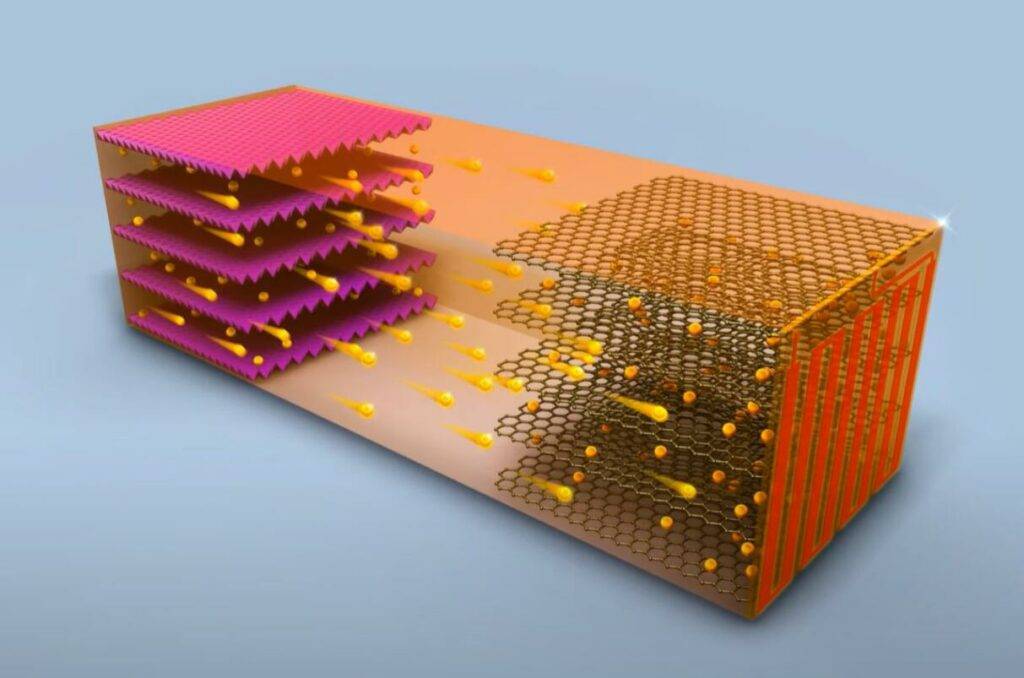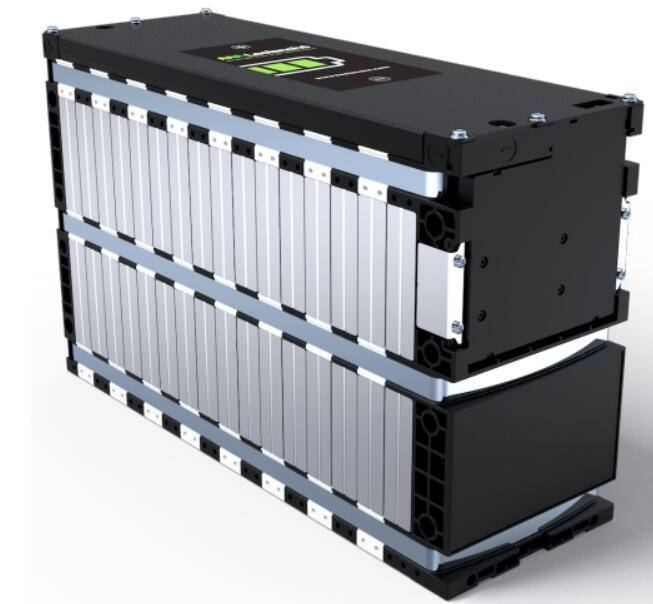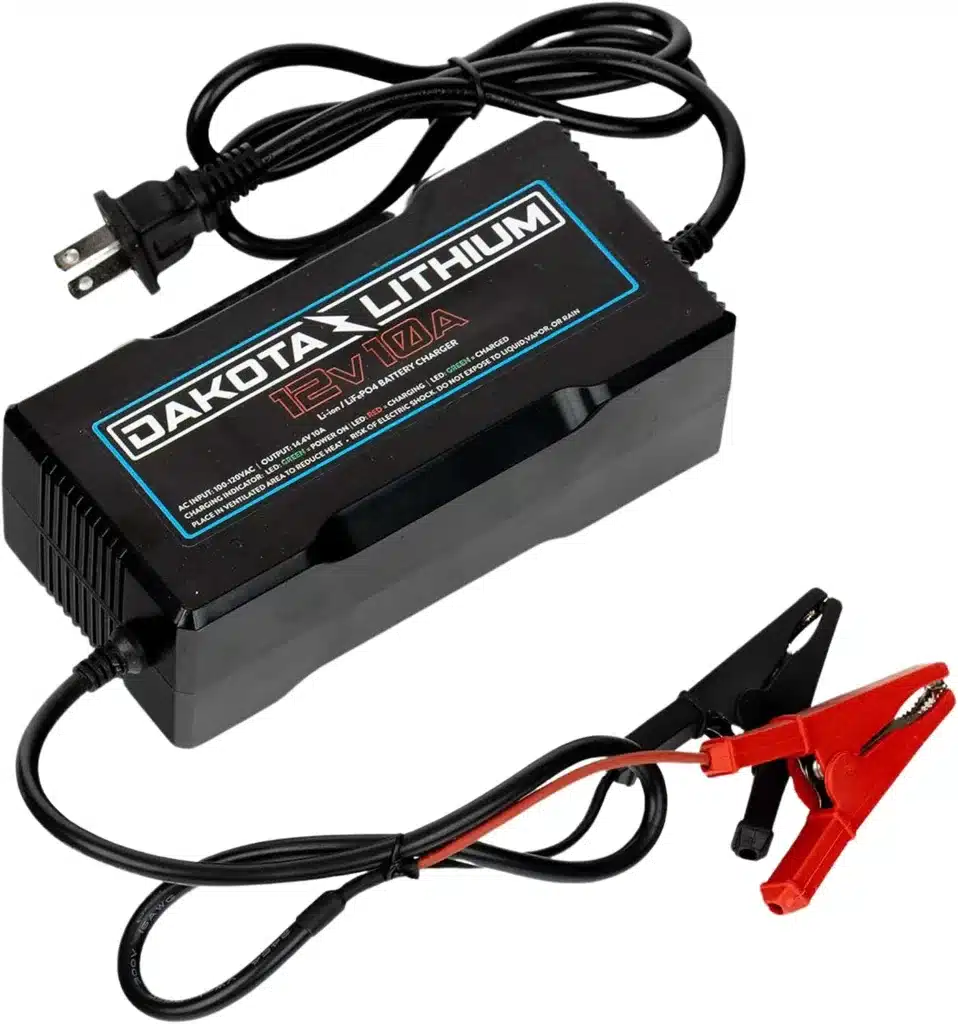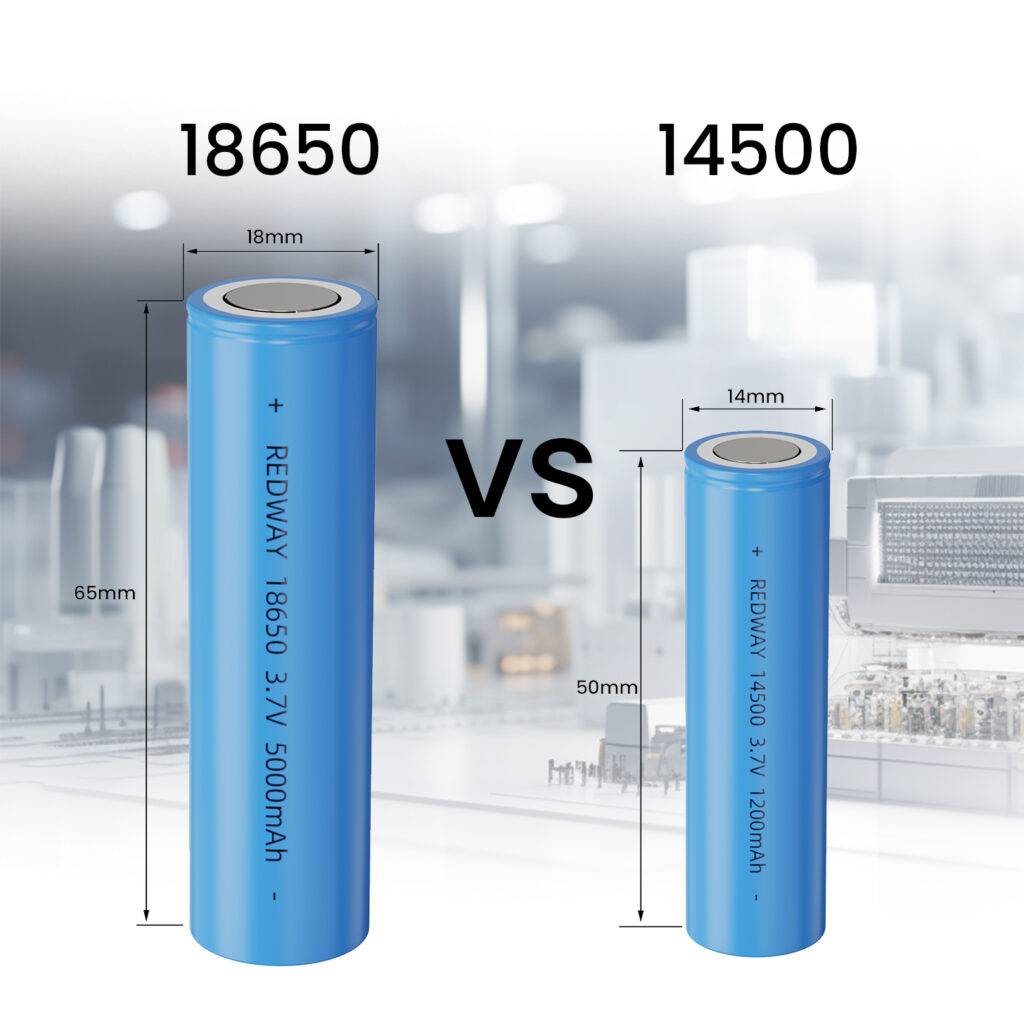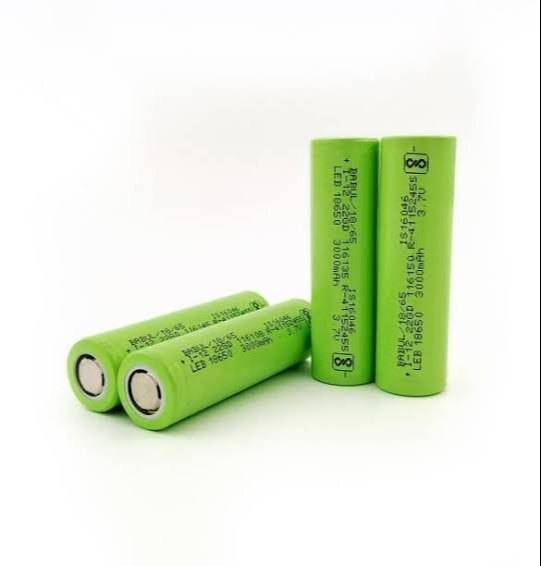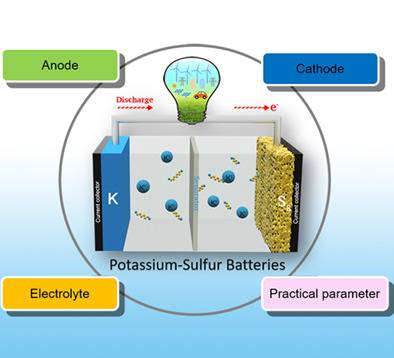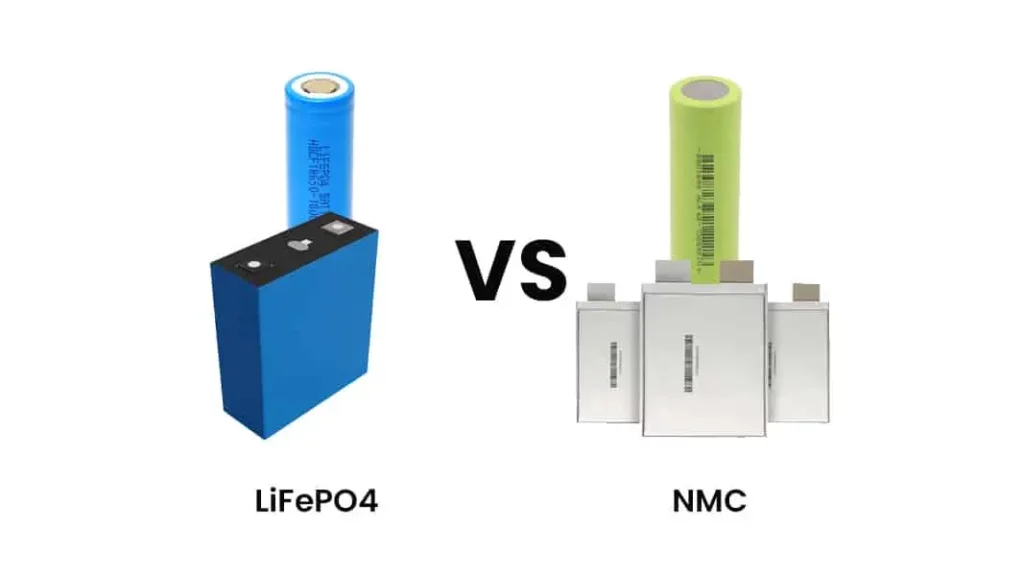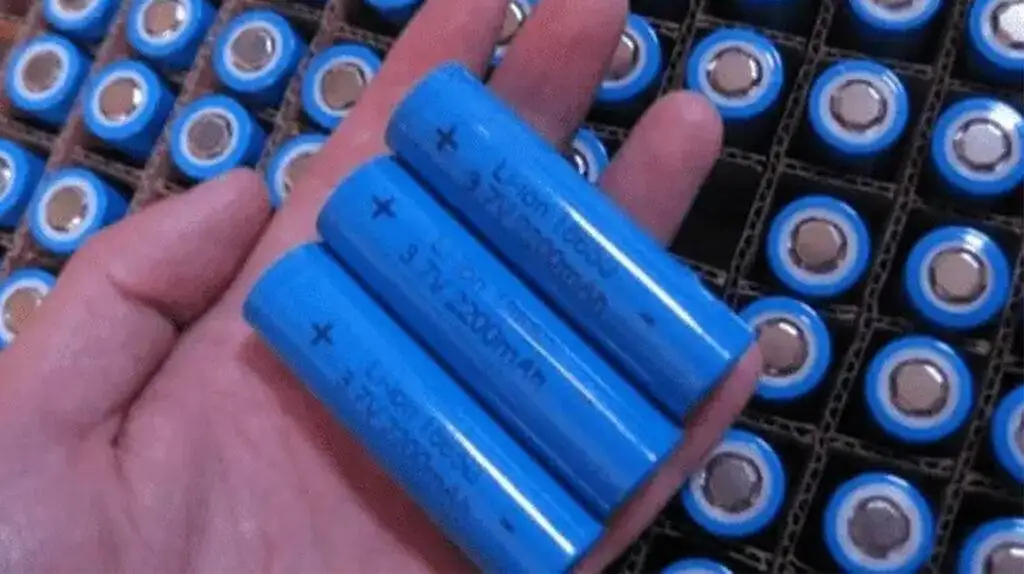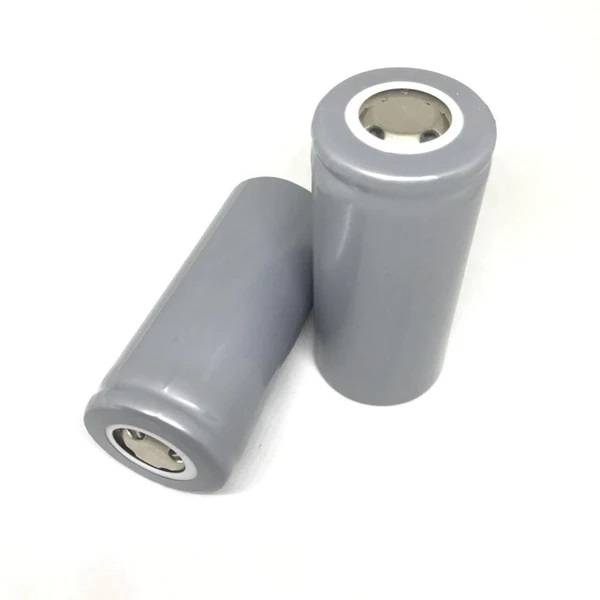The performance of lithium-ion batteries is paramount in a wide range of applications, from consumer electronics to electric vehicles and renewable energy storage systems. To enhance the capabilities of these batteries, numerous advancements have been made in their design and construction. One notable improvement lies in the coating of various materials such as carbon, aluminum foil, and copper foil within the battery’s architecture.

#post_seo_title
1. Improve the battery pack’s usage consistency
Significantly improve the battery pack’s usage consistency, greatly reduce the battery pack’s cost. For example: significantly reduce the increase in dynamic internal resistance of the battery cells; enhance the pressure consistency of the battery pack; extend the battery pack’s lifespan; significantly reduce the battery pack’s cost.
2. Reduce the manufacturing cost of the electrode
Enhance the adhesion of the active material and current collector, reducing the manufacturing cost of the electrode. For example: improve the adhesion of water-based system for positive electrode materials and current collectors; enhance the adhesion of nano-scale or submicron-scale positive electrode materials and current collectors; improve the adhesion of lithium titanate or other high-capacity negative electrode materials and current collectors; increase the pass rate of electrode production and reduce the manufacturing cost of the electrodes.
3. Enhance Overall battery performance:
Reduce polarization, increase rate capability and gravimetric capacity, and enhance battery performance. For example: partially reduce the proportion of binders in the active material to increase gravimetric capacity; improve the electrical contact between the active material and current collector; reduce polarization and enhance power performance.
4. Increase Life Span:
Protect the current collector, extending the battery’s lifespan. For example: prevent current collector corrosion and oxidation; increase the current collector’s surface tension to enhance its coating performance; substitute high-cost etched foils or use thinner foils in place of standard foils.

